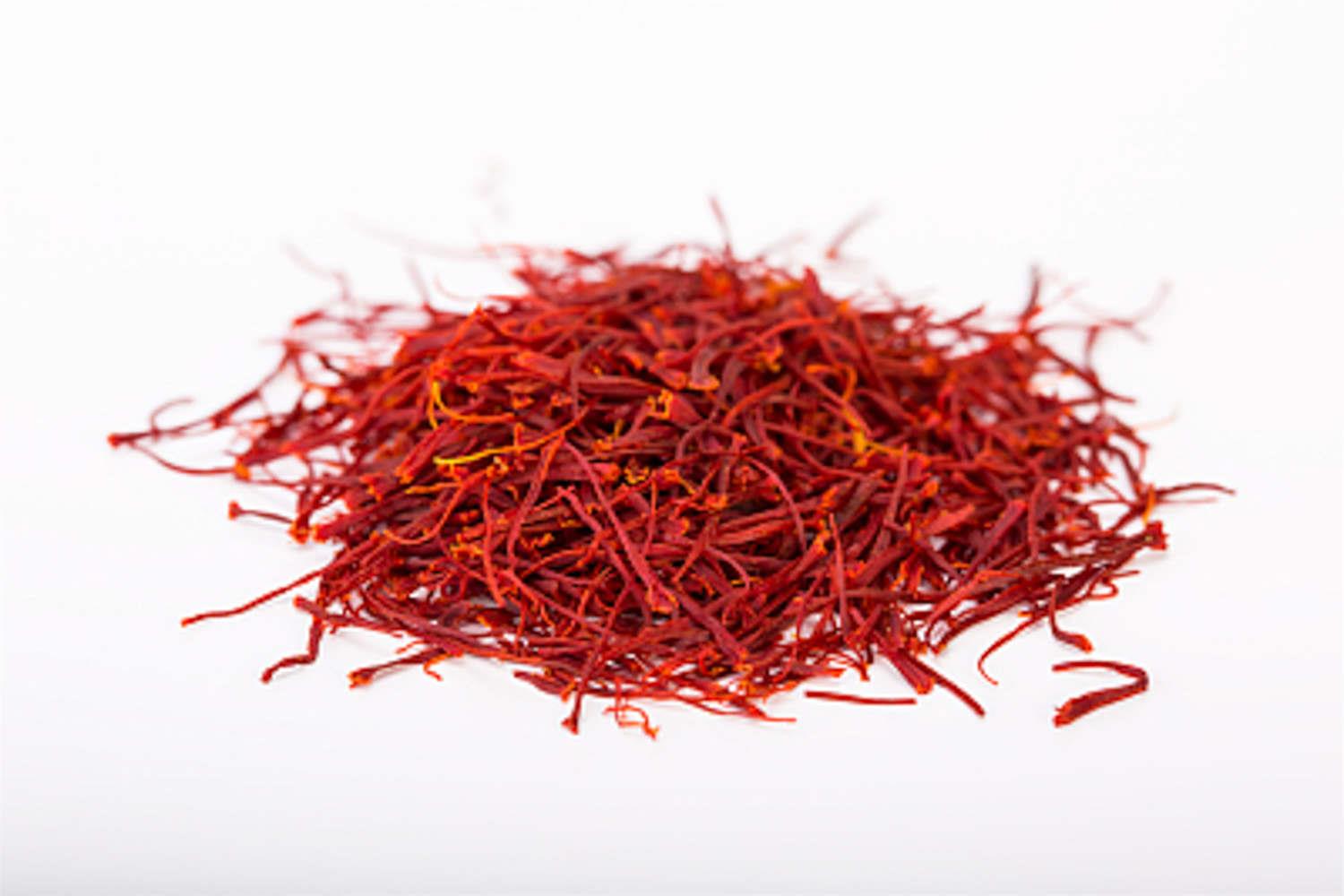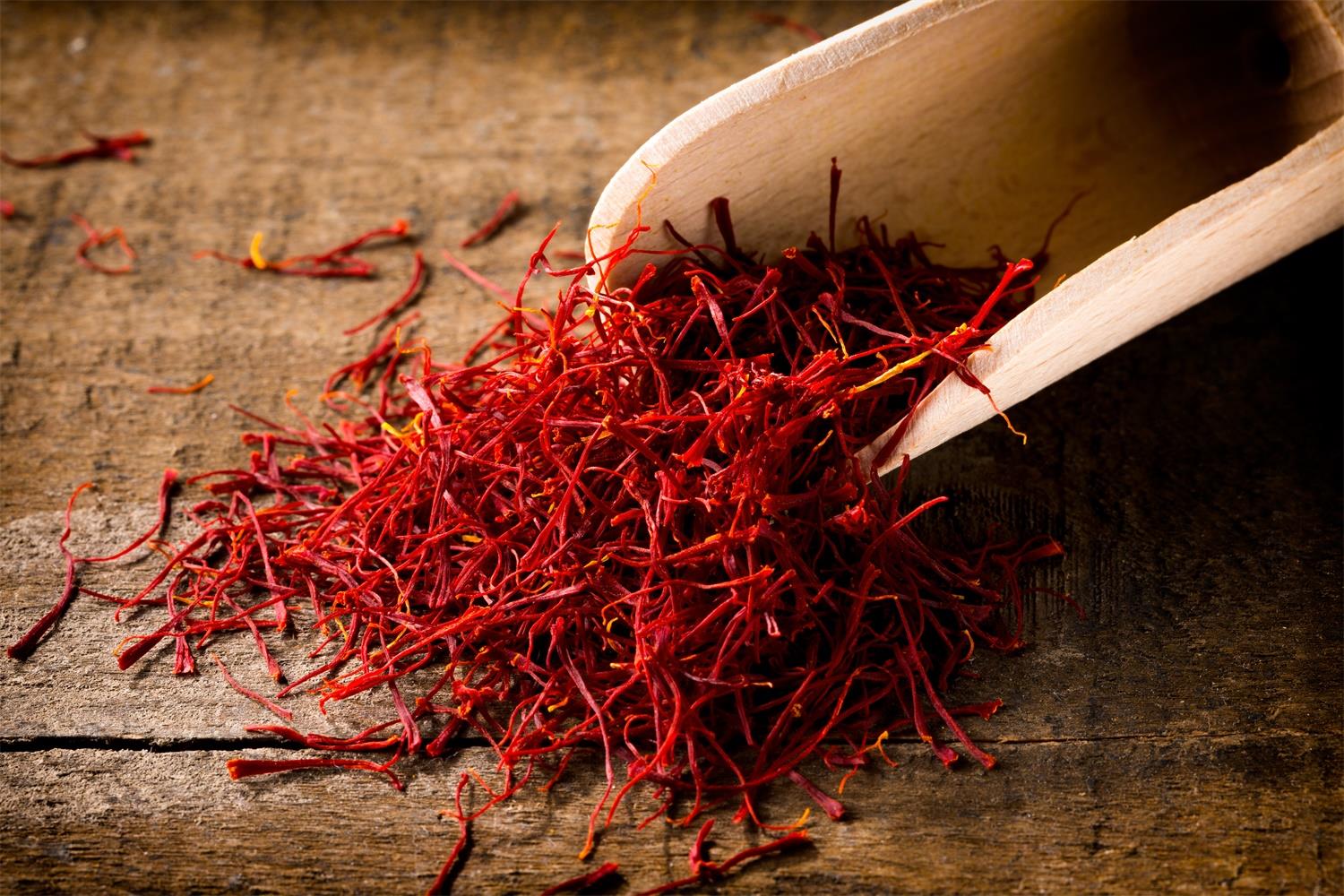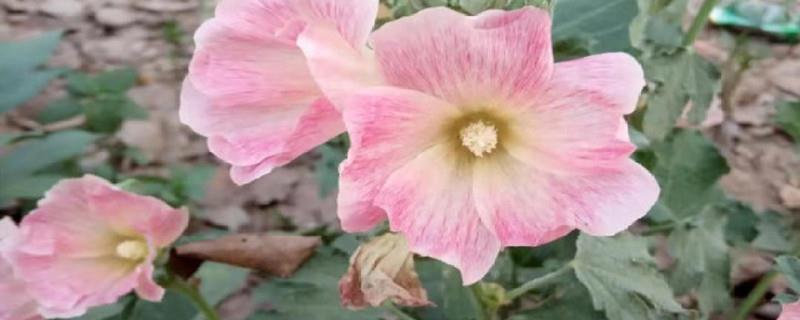Saffron cultivation methods and precautions
Last Update :2024.11.17
Article Catalog
Soil: To cultivate saffron, you need to use fertile, loose soil rich in humus. Note when watering: The water temperature should be equal to room temperature to prevent the pot soil from freezing and affecting plant growth. Fertilization: A sufficient amount of base fertilizer should be added to the pot soil before planting. After the planting takes root, a thin liquid fertilizer with a balanced nitrogen and phosphorus balance can be applied every 10 days.

Breeding method
Cultivation methods
Planting
Prepare pot soil in advance and choose fertile, loose soil rich in humus. When choosing seed bulbs, you must choose large, plump and robust bulbs without mildew or disease.
In autumn, plant the bulbs in flower pots. In principle, one plant per pot. However, depending on the size of the plants and flower pots, 4 to 6 bulbs can be planted in one pot. After planting, cover with 5 to 8 pieces of soil. centimeter.
Within a week after planting, place the flowerpot in a cool and ventilated place, and move it to a brightly lit place for maintenance within a week.

Watering
Saffron usually grows in autumn When planting, winter and spring are the growth periods. The climate is cold and dry and requires proper watering.
The seedlings will emerge about 20 days after planting. Water the seedlings once before emergence to facilitate emergence. Pour antifreeze water once before winter to increase soil temperature. Water once in mid-April to reduce the damage of hot and dry winds.
Pay attention when watering. Do not pour ice water when the temperature is low. The temperature of the water should be equivalent to room temperature to prevent the pot soil from freezing and affecting the growth of the plants.

Fertilization
Before planting, it should be Add a sufficient amount of base fertilizer to the potting soil, such as cake fertilizer, manure, burned soil, plant ash, chicken and duck manure, etc., and also add some superphosphate.
After planting and taking root, a thin liquid fertilizer with balanced nitrogen and phosphorus can be applied every 10 days. Do not fertilize too thickly to prevent the leaves from growing too long and affecting the growth of flower buds.
After saffron blooms in October, a fast-acting fertilizer with a balance of nitrogen, phosphorus and potassium should be applied once or twice to facilitate the growth and development of the bulbs, so that the bulbs can bloom more and better in the coming year. Store enough nutrients.

Bulb storage
April From late May to early May, the above-ground branches and leaves of saffron gradually turn yellow, and the bulbs can be dug out of the pots and stored. Classify the bulbs after digging them out, and deal with rotten or diseased bulbs in a timely manner, either clearing them or throwing them away.
Place the saffron bulbs in gauze bags, store them in a cool, ventilated place with little light, and keep them dry indoors. Can be replanted in autumn.

Notes
Selection of varieties
When planting saffron in winter and spring, flower lovers can choose different varieties according to their needs. It is recommended to choose spring-flowering varieties, as the spring environment is relatively good, and to store the bulbs in time after flowering, so that the flowering time will be longer.
Pot size
Planting pots should be mud pots with a pot diameter of 15-20 cm, or plastic pots with good air permeability. Plant 4-6 large balls in each pot , planted in September-October. You can also use small pots, 3 to 5 cm black plastic pots, one ball per pot.
Precautions
- END -
How to raise cat milk

Cow's milk is a deciduous shrub or tree of the Rhamnaceae family. Its flowering pe...
The difference between hollyhock and mallow

The plant types are different: the hollyhock plant type is very tall, reaching abo...